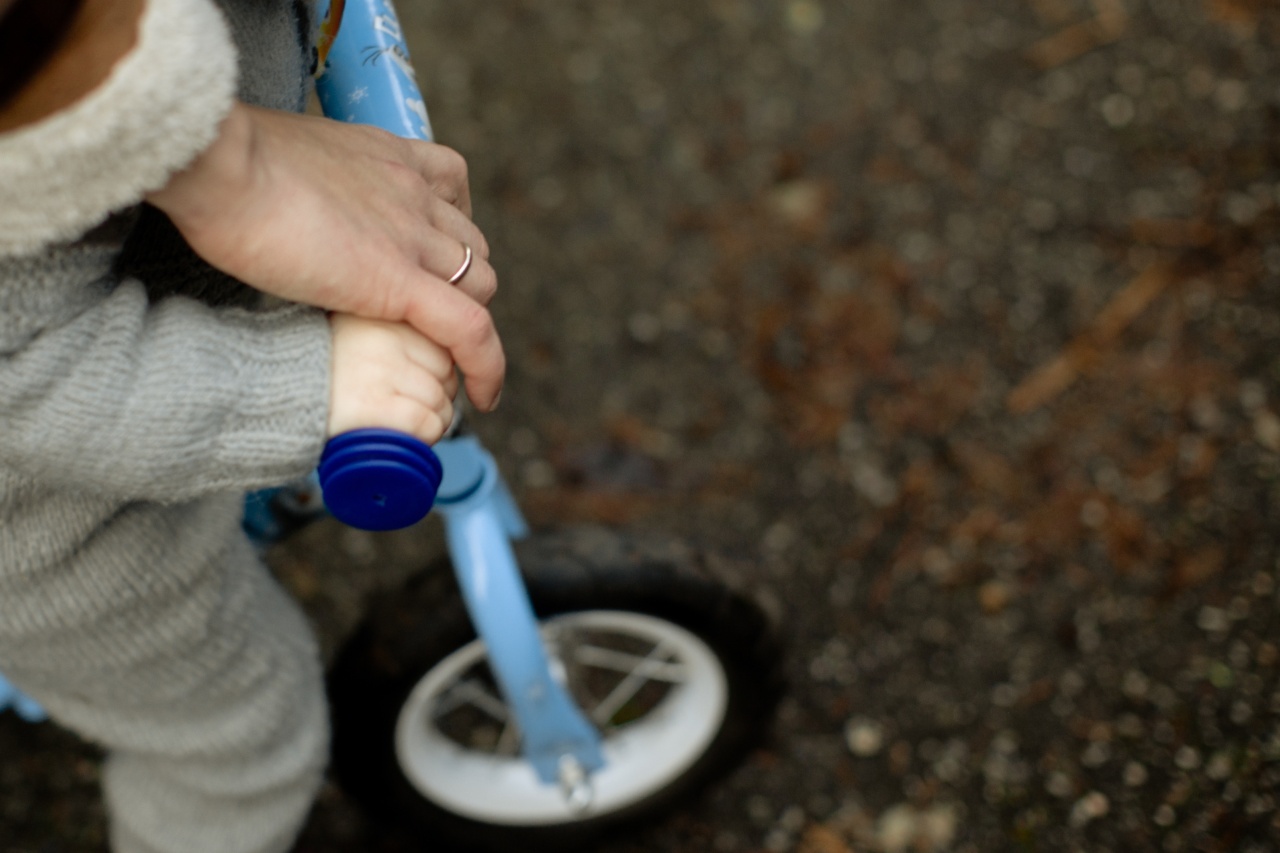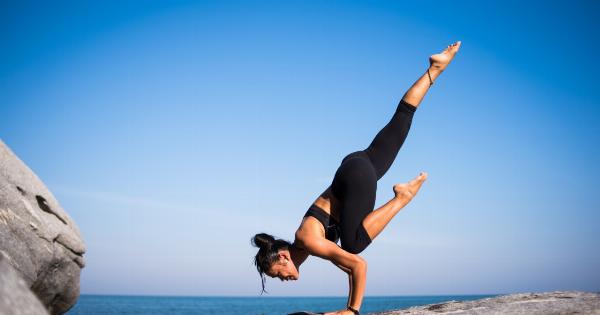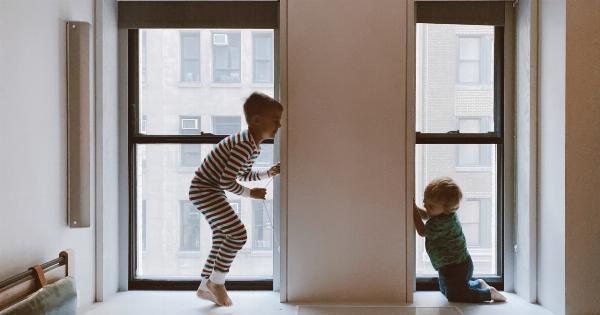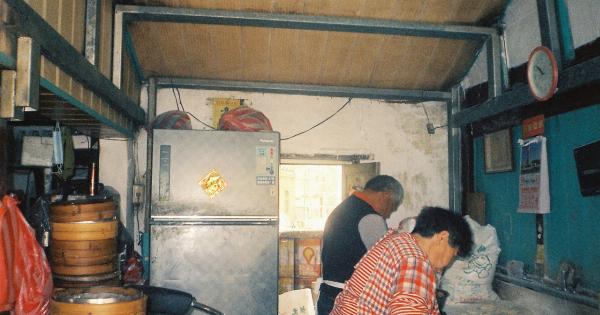When it comes to parenting, safety should always be a top priority. From the moment your child is born, it’s important to take every precaution to ensure their safety. While accidents can happen, there are steps you can take to minimize the risk.
Here are 30 ways to ensure your child’s safety:.
At Home
Home is where your child will spend most of their time, so it’s essential to make sure it’s a safe environment. Here are some ways to childproof your home:.
1. Install baby gates
Place baby gates at the top and bottom of stairs, and in any areas of your home that you want to be off-limits to your child.
2. Secure furniture
Heavy furniture can tip over and injure a child. Use furniture anchors or wall straps to secure your furniture to the wall.
3. Cover electrical outlets
Use outlet covers or safety plugs to cover electrical outlets and prevent your child from sticking their fingers or other objects inside.
4. Lock cabinets and drawers
Use childproof locks to secure cabinets and drawers that contain medicines, cleaning supplies, or other potentially dangerous items.
5. Keep hot items out of reach
Don’t leave hot drinks or food within your child’s reach, and use stove guards to prevent them from reaching up and touching hot pots or pans.
6. Use window guards
Use window guards on any windows that are above the ground floor to prevent your child from falling out.
7. Check for choking hazards
Check your home for any small objects that could pose a choking hazard, such as coins, jewelry, or small toys.
8. Keep firearms locked up
If you own firearms, keep them locked up and out of reach of your child.
9. Use cordless window coverings
Blinds and curtains with cords can pose a strangulation hazard. Use cordless window coverings instead.
10. Install smoke and carbon monoxide detectors
Make sure you have working smoke and carbon monoxide detectors installed throughout your home.
Out and About
Whether you’re running errands or enjoying a day out, there are steps you can take to keep your child safe:.
11. Use a car seat
Always use a car seat that is appropriate for your child’s age and weight.
12. Check the car temperature
Never leave your child alone in a parked car, as the temperature can quickly rise to dangerous levels.
13. Use sunscreen
Apply sunscreen to your child’s skin before going outside, and reapply every two hours.
14. Wear helmets
Make sure your child wears a helmet when riding a bike, scooter, or other wheeled vehicle.
15. Teach water safety
Teach your child how to swim and supervise them carefully around water.
16. Check playground equipment
Before letting your child play on playground equipment, check to make sure it’s in good condition and free of hazards.
17. Use a leash
If your child likes to run off, consider using a leash to keep them safe in crowded areas.
18. Keep first aid supplies on hand
Carry a basic first aid kit with you at all times, and know how to use its contents.
Traveling with Kids
Traveling with kids can be stressful, but these tips can help make it a safer experience:.
19. Use a car seat on planes
If you’re traveling by plane, consider using a car seat for your child for added safety.
20. Keep medicines and first aid supplies in your carry-on
Be prepared for any medical emergencies by carrying your own medicines and first aid supplies in your carry-on luggage.
21. Secure your luggage
Secure your luggage with a lock or use luggage tags with a tracking device to prevent it from getting lost or stolen.
22. Keep a close eye on your child
Don’t let your guard down when traveling. Keep a close eye on your child and make sure they stay close to you at all times.
23. Teach your child about stranger danger
Talk to your child about stranger danger and stress the importance of not talking to strangers or accepting gifts from them.
24. Use a GPS tracker
Consider using a GPS tracker to keep tabs on your child’s location when traveling in a unfamiliar city or area.
25. Know emergency numbers
Make sure you know emergency numbers for the area you’re traveling in, and keep them handy in case of an emergency.
Technology and Social Media
Technology and social media can be a great tool for staying connected, but they also pose potential safety risks:.
26. Monitor your child’s online activity
Monitor your child’s online activity and be aware of who they’re communicating with on social media and other online platforms.
27. Teach your child about cyber-bullying
Teach your child about cyber-bullying and stress the importance of treating others with kindness and respect when online.
28. Use parental controls
Enable parental controls on your child’s devices to prevent them from accessing inappropriate content or spending too much time on their devices.
29. Keep personal information private
Teach your child not to share personal information, such as their full name, address, or phone number, online.
30. Use location services
Consider using location services on your child’s devices to help you keep tabs on their whereabouts.
Final Thoughts
Keeping your child safe is an ongoing process that requires vigilance and awareness. By following these tips, you can help minimize potential risks and keep your child safe and sound.





























